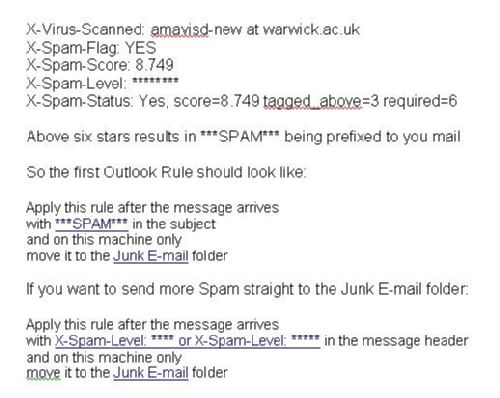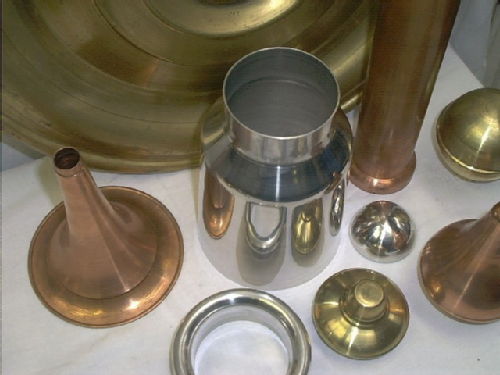How to create your own Branded page on Google Local Maps
Writing about web page https://www.google.com/accounts/ServiceLogin?continue=http%3A%2F%2Fwww.google.com%2Flocal%2Fadd%2FbusinessCenter%3Fgl%3DGB%26hl%3Den-US&service=lbc&hl=en-US&gl=GB
I have been linking to Google Maps in emails and on webpages for some time to help visitors to find locations and to get the directions from where they are.
The page displayed is a lot better if the company or organisation is registered with Google Local. When Google allowed images to be added you can create a branded page on Google Maps, with links back to your site and all the functionality of Google maps, see below.
To set up you own ;
- Register your company or organisation on Google Local
- Correct your position on the map if needed and add pictures, logos, etc.
- Search Google Maps for your postcode to zero in on the area.
- Then search for your company – producing one result.
- Zoom to the right level to be helpful for navigation.
- Click ‘link to this page’ and copy the link.
Click to see Frost’s complete map on Google with Get Directions

Click to see Frost’s complete map on Google with Get Directions
To add these maps to your own website follow the ‘Customise and preview embedded map’ link within the ‘link to this page’ box. This will allow you to change the size & details and generates HTML code for an Iframe that works on most blogs and websites.
See example on the WMCCM Site .
 Robert McGonigle
Robert McGonigle

 Please wait - comments are loading
Please wait - comments are loading












 Loading…
Loading…

